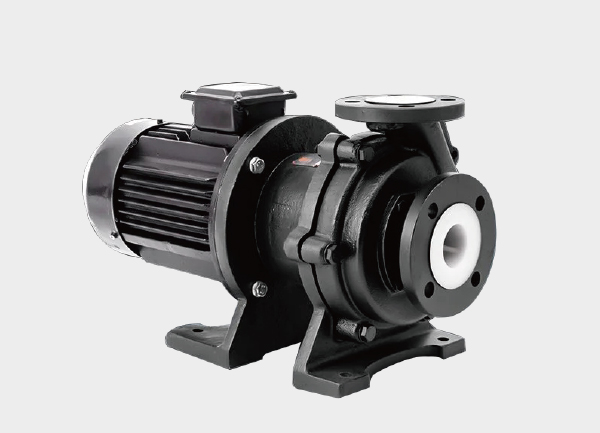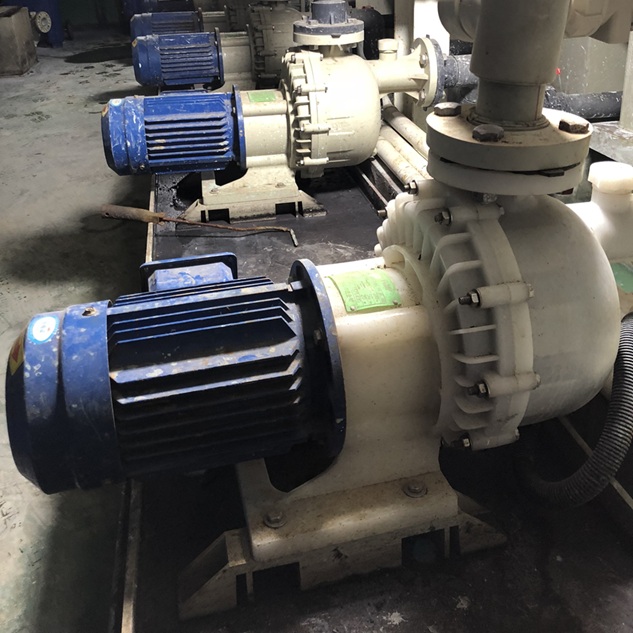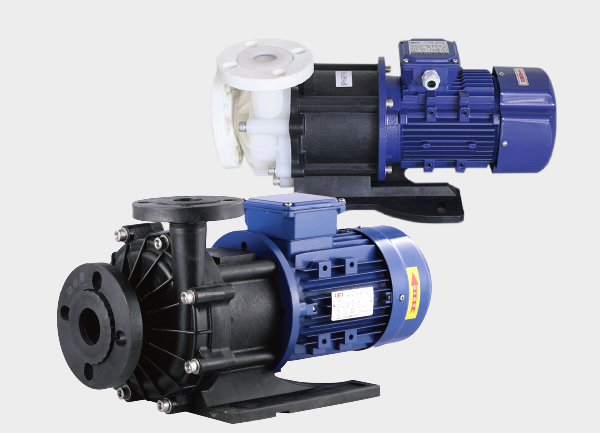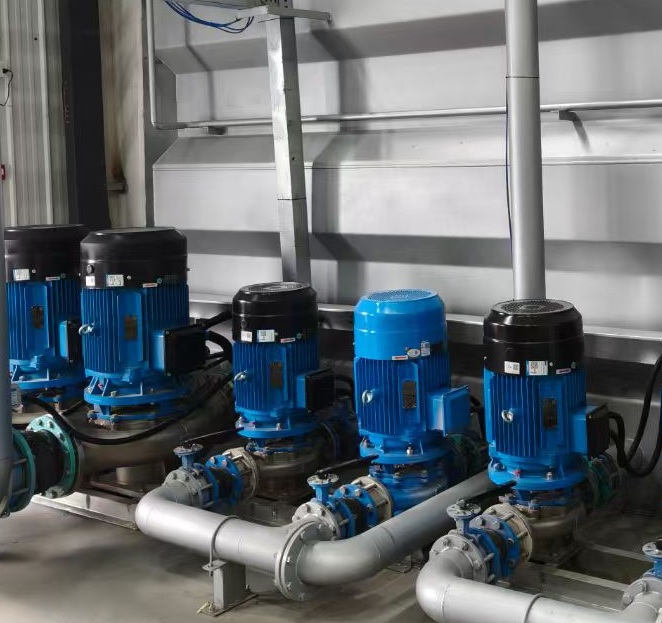In modern plants pursuing continuous production, unexpected equipment downtime translates to significant losses. For pumps handling corrosive fluids, their reliability directly impacts the stability of the entire production line. The reason acid-alkali resistant magnetic pumps are prioritized for key process segments lies not only in their safe, leak-free operation but also in their exceptional reliability and extended service life, achieved through the fusion of superior design and materials. This ultimately enables genuine cost reduction and efficiency gains for enterprises.

- The “Short-Lived” Pitfalls of Traditional Pumps: Seal Wear and Corrosive Attack
Traditional centrifugal pumps face a dual challenge in corrosive environments:
Inevitable Wear of Mechanical Seals: As dynamic components, mechanical seals suffer drastically reduced lifespan in aggressive media. Their periodic failure is the primary cause of shutdowns and maintenance.
Persistent Corrosion of Wetted Parts: Even when using special alloys, slow corrosion occurs in specific acid/alkali environments, leading to performance degradation and even component perforation.
These combined factors result in frequent maintenance, part replacements, and production interruptions, driving a high total cost of ownership.
- The “Longevity” Genes of Magnetic Pumps: Eliminating Weak Points at the Design Root
Acid-alkali resistant magnetic pumps address these issues fundamentally through revolutionary design:
Contact-Free Drive, Eliminating the Primary Wear Point:
The core of the magnetic pump is its magnetically coupled drive. Power is transmitted “contact-free” via magnetic fields to drive the impeller, achieving complete static sealing. This means the most wear-prone component in a traditional pump—the mechanical seal—is eliminated. With proper bearing selection, the core drive components experience virtually no wear in theory, achieving a leap in reliability.
Ultimate Corrosion Protection Through Full Material Resistance:
Its wetted parts (casing, impeller, isolation can) are constructed from high-performance fluoroplastics (like PVDF, PTFE) or advanced corrosion-resistant alloys. These materials offer near-inert chemical stability against a wide range of acids, alkalis, and salts, effectively resisting chemical attack. This ensures long-term smooth flow passage maintenance and preserves efficient hydraulic performance.
III. The Full Lifecycle Value Delivered by “High Reliability”
This inherent durability translates into tangible economic benefits:
Maximized Uptime: Significantly reduces unplanned downtime caused by pump failure, ensuring smooth execution of production schedules and increasing output capacity.
Minimized Maintenance Costs: Eliminates the hassle and expense of periodic mechanical seal replacement. Routine maintenance is simplified, primarily focusing on bearing condition and lubrication, drastically reducing maintenance workload and costs.
Extended Equipment Service Life: A high-quality acid-alkali resistant magnetic pump can operate continuously for years under suitable conditions. Its extended service life amortizes the initial investment, resulting in a far lower total cost of ownership compared to traditional pumps requiring frequent replacement.
Conclusion
Selecting an acid-alkali resistant magnetic pump is more than just choosing a fluid transfer device; it is choosing a guarantee of production stability and a wise long-term investment. By eliminating the mechanical seal and employing top-tier corrosion-resistant materials, it builds a foundation of high reliability. This helps enterprises reduce downtime, lower maintenance, and enhance efficiency, securing sustained competitiveness in the fierce market landscape.







